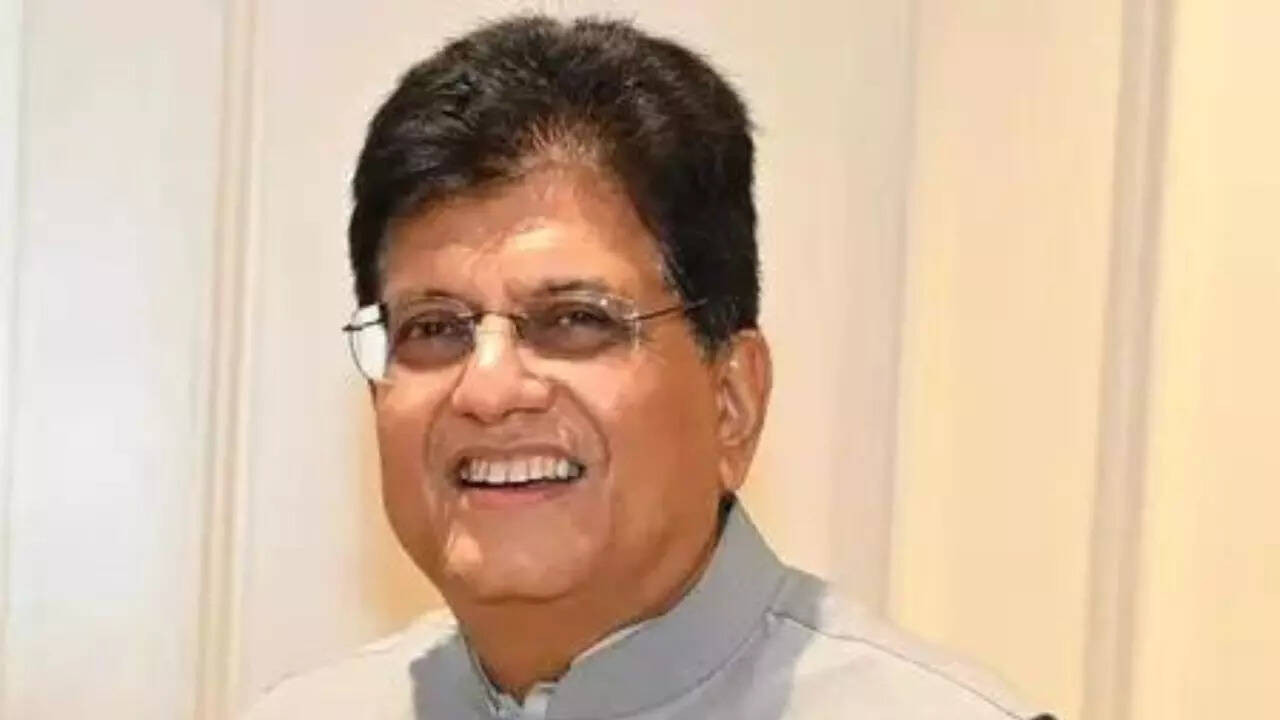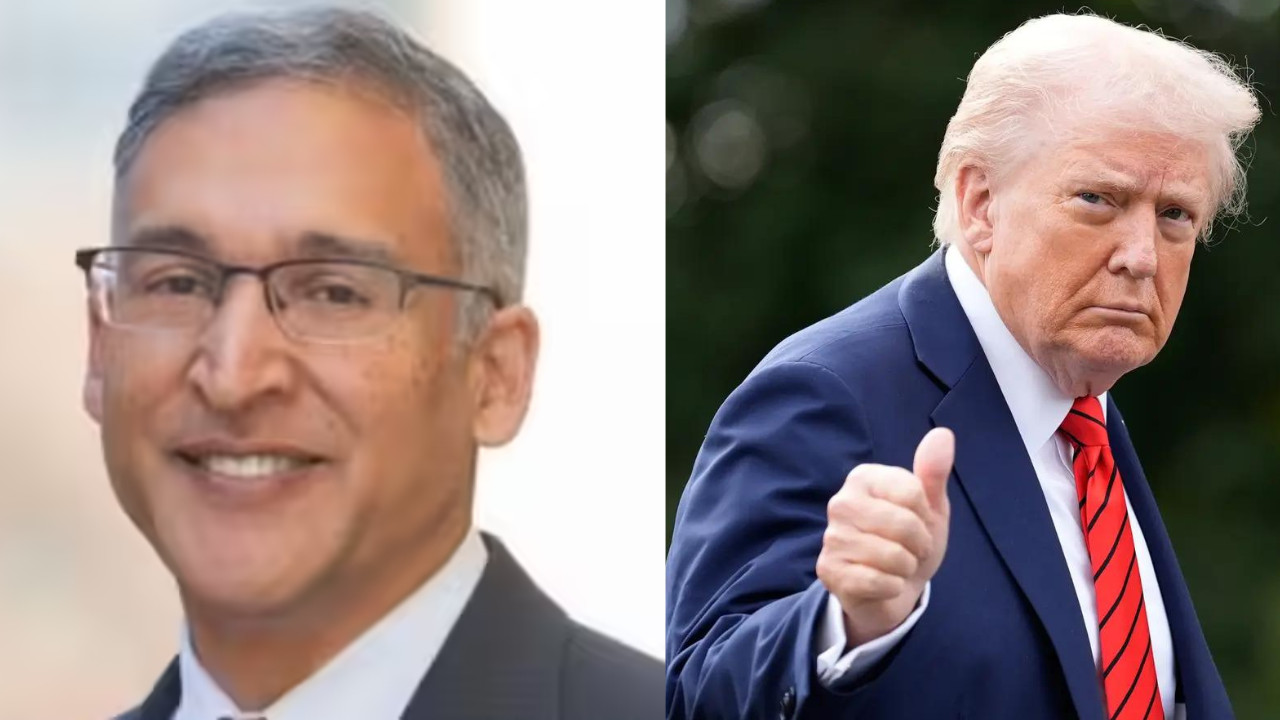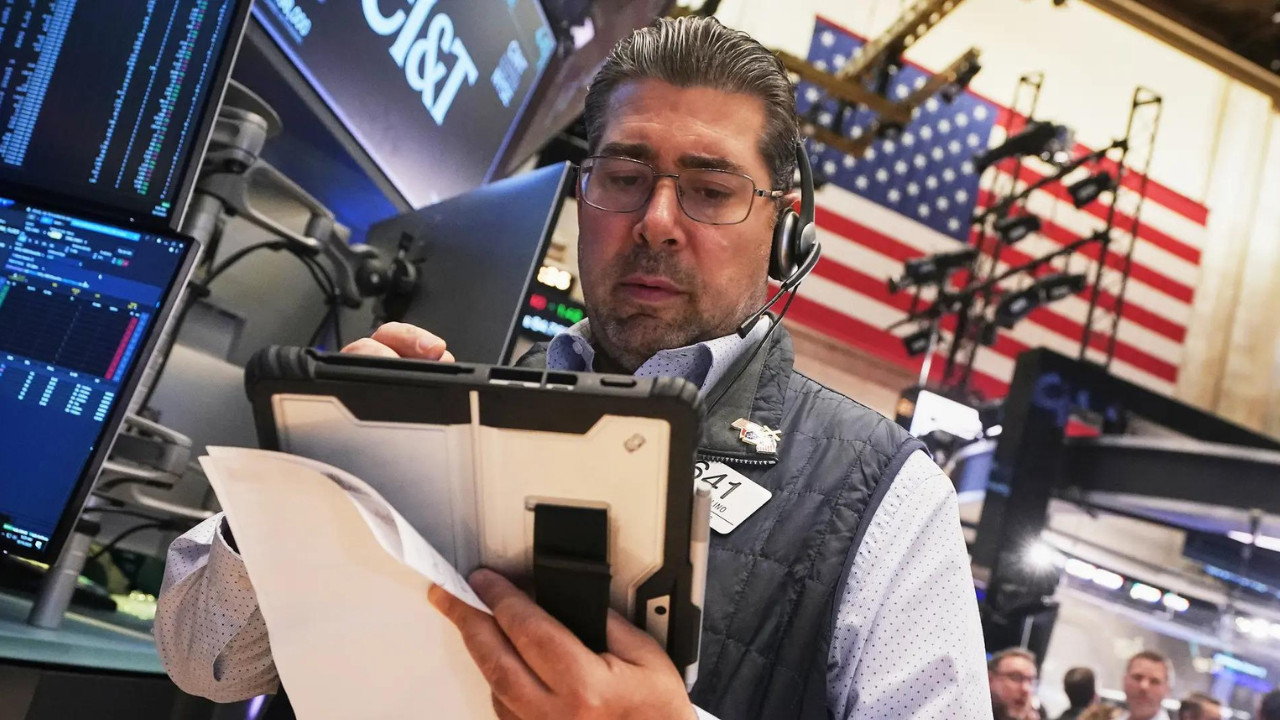Indian Commerce Minister Piyush Goyal held “constructive” talks with US trade officials on a proposed trade deal, agreeing to continue engagements for an early conclusion. The discussions addressed impasses like India’s Russian oil purchases and farm tariffs, with Goyal suggesting increased US energy trade despite India’s firm stance.
India and the US: Weaving a Stronger Trade Fabric
The hum of collaboration is getting louder between India and the United States as both nations are actively engaging in discussions aimed at fortifying their trade relationship. Recent talks suggest a deepening commitment to navigate existing trade complexities and unlock new opportunities for mutual growth. But what does this mean for businesses and consumers on both sides of the globe?
Unpacking the Dialogue: Key Areas of Focus
While the specifics of the discussions remain fluid, the overarching theme points towards a collaborative effort to address long-standing trade hurdles. It’s like untangling a complicated knot – requiring patience, understanding, and a shared desire to find a resolution. This constructive approach focuses on resolving trade barriers, improving market access, and fostering an environment conducive to innovation and investment.
One key area of focus is likely to be tariffs. Negotiating mutually beneficial tariff reductions could significantly boost trade volumes, making goods and services more accessible and affordable for consumers. Imagine the potential impact on industries ranging from agriculture to technology – a ripple effect of positive economic growth.
Another critical aspect is regulatory alignment. Streamlining regulations and standards would reduce compliance costs for businesses operating in both countries. Picture a scenario where companies can navigate the regulatory landscape with greater ease and efficiency, freeing up resources to focus on innovation and expansion.
Beyond Trade: A Strategic Partnership
This isn’t just about dollars and cents; it’s about building a resilient and strategic partnership. The economic alliance between India and the US is a key pillar in the broader geopolitical landscape. Strengthening trade ties sends a powerful signal of commitment to shared values and a common vision for a stable and prosperous global order.
The US recognizes India’s growing economic prowess and its potential as a major driver of global growth. Similarly, India values the US as a vital technology partner and a key source of investment. This synergy creates a powerful foundation for long-term collaboration.

India US Trade Deal: A Boost for Key Sectors
Several sectors stand to gain significantly from a strengthened India US Trade Deal. The technology sector, already a thriving area of collaboration, could see a surge in cross-border investments and partnerships. Imagine Indian IT companies expanding their presence in the US market and American tech giants investing in India’s burgeoning digital economy.
The pharmaceutical industry could also benefit from greater collaboration in research and development, leading to the development of innovative medicines and therapies. Think of joint efforts to combat diseases and improve healthcare outcomes for both nations.
Furthermore, increased trade in agricultural products could enhance food security and provide opportunities for farmers in both countries. The possibilities are as diverse as the economies themselves. If you want to learn more about how trade deals impact specific industries, read our piece on the future of manufacturing.
Navigating the Challenges Ahead
Of course, the path towards a stronger trade relationship is not without its challenges. Disagreements on specific trade practices and intellectual property rights may need to be addressed through open and constructive dialogue. However, the commitment from both sides suggests a willingness to overcome these hurdles.
The Path Forward: A Promising Trajectory
The ongoing dialogue between India and the US holds immense promise for both nations. A strengthened trade relationship could unlock new opportunities for businesses, create jobs, and drive economic growth. More importantly, it would reinforce the strategic partnership between two of the world’s leading democracies. The current trajectory promises a future where trade is more than just exchange; it’s a bridge to shared prosperity.
The increasing focus on trade deals like the one between India and the US highlights the critical role of international economic cooperation in a globalized world. By proactively addressing trade barriers and fostering a collaborative environment, both countries can harness the full potential of their economic partnership. A successful India US Trade Deal will not only benefit both nations but also serve as a model for other countries seeking to forge stronger economic ties.







